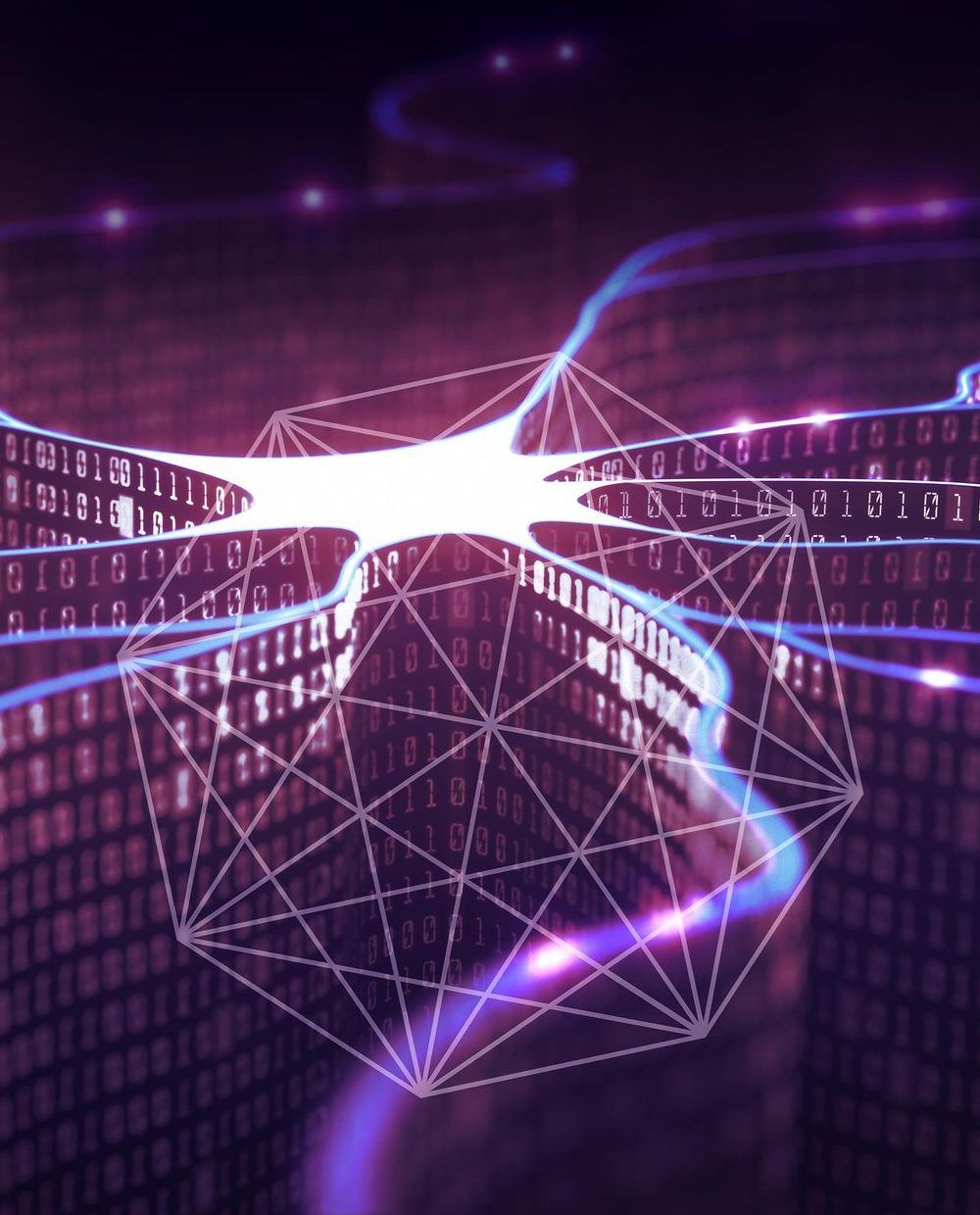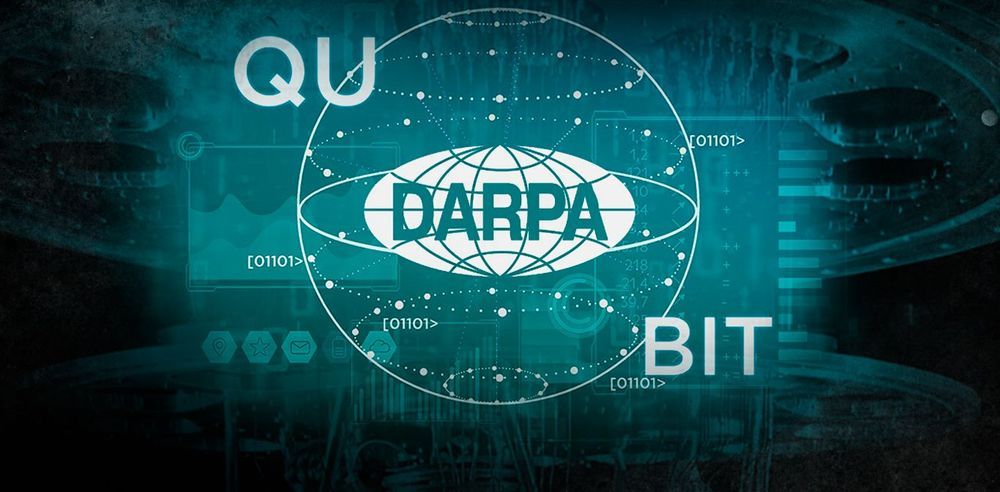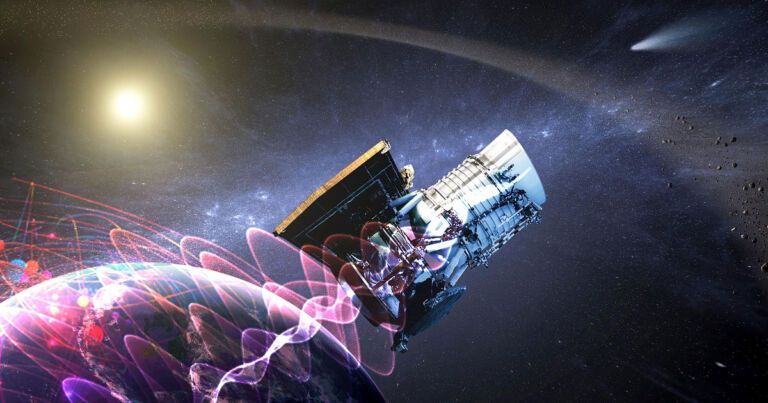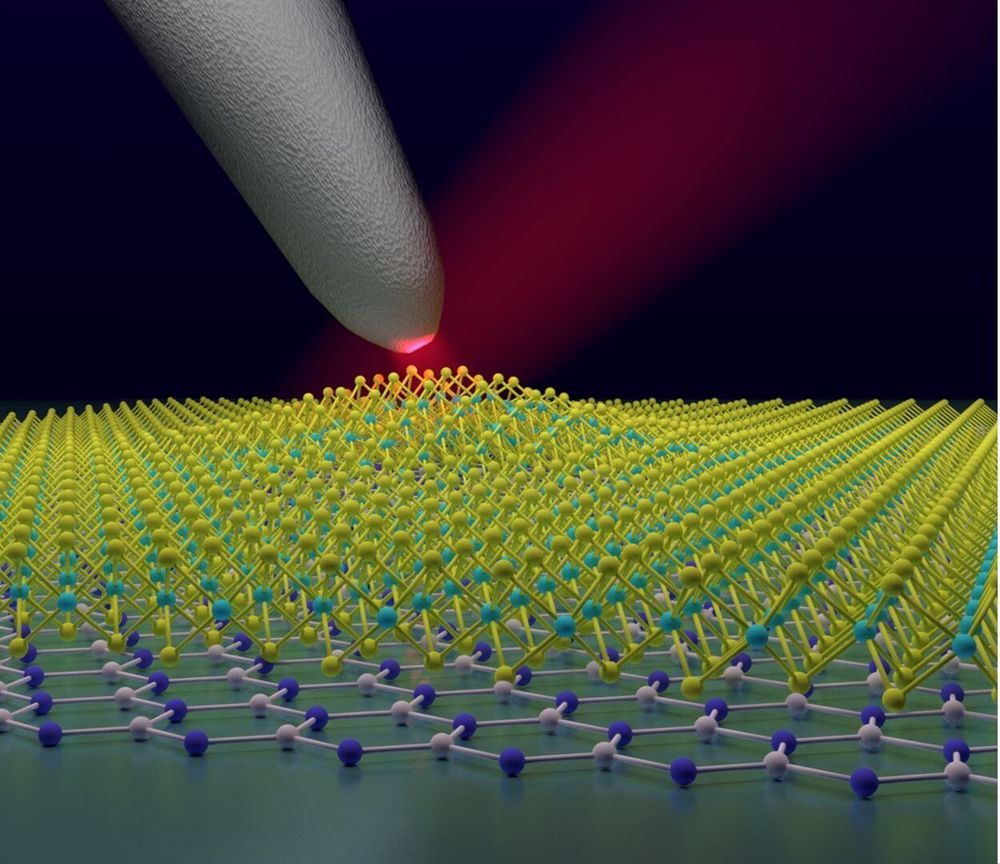Sep 18, 2020
Revolutionary Quantum Cryptography Breakthrough Paves Way for Safer Online Communication
Posted by Quinn Sena in categories: biotech/medical, cybercrime/malcode, encryption, internet, quantum physics
The world is one step closer to having a totally secure internet and an answer to the growing threat of cyber-attacks, thanks to a team of international scientists who have created a unique prototype that could transform how we communicate online.
The invention led by the University of Bristol, revealed today in the journal Science Advances, has the potential to serve millions of users, is understood to be the largest-ever quantum network of its kind, and could be used to secure people’s online communication, particularly in these internet-led times accelerated by the COVID-19 pandemic.


















